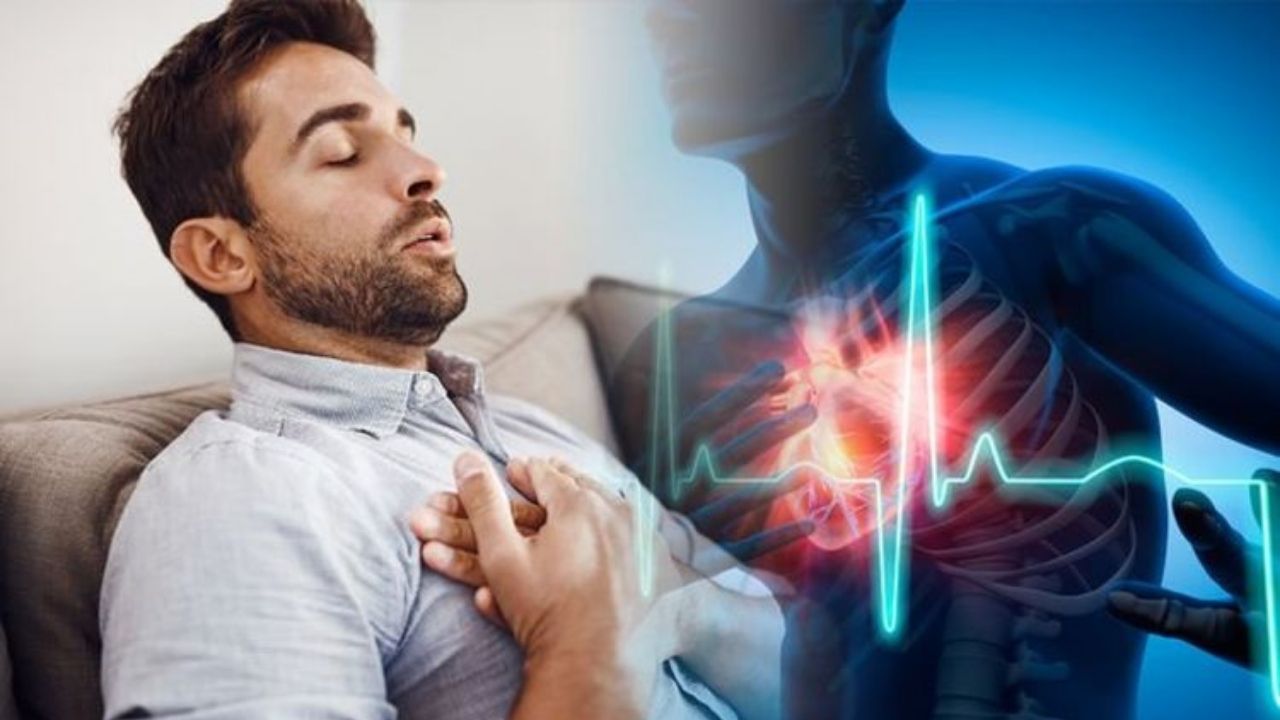Heart attack has become a major health concern around the world. One of the leading causes of death, the World Health Organization (WHO) reports that an estimated 17.9 million people died from heart problems in 2019, representing 32% of all global deaths. After COVID-19, the situation has worsened and there has been a considerable rise in the number of young heart patients. The number of factors including poor lifestyle choices, unhealthy eating and even overexercising has contributed to an increase in heart attack cases.
Chest - An impending heart attack may cause a sense of discomfort and pain. Chest discomfort is surely one of the most common signs and symptoms. According to the American Heart Association (AHA), one may experience "uncomfortable pressure, squeezing, fullness, or pain in the center of your chest." The pain and the pressure may last for more than a few minutes.
Jaw - Pain radiating in your jaw can mean more than just a muscle disorder or toothache. In women especially, jaw pain in the left side of the face could be a common sign of a heart attack.
Neck - Heart attack occurs due to a blood clot that blocks blood flow into the heart muscle. While the discomfort may start from your chest, the pain can spread to your neck over time.
Left-arm - Considering a heart attack occurs due to a blockage of the blood flow to the heart muscle, it can cause pain in your left arm. While mild aches and pain in the left arm can be a sign of aging, sudden, unusual pain can be an early sign of a heart attack.
Back pain - While chest pain may be a tell-tale sign of a heart attack, one should not overlook warning signs that can appear in your back, especially in women.

 Know about some body parts that can indicate a forthcoming heart attack
Know about some body parts that can indicate a forthcoming heart attack









.jpeg)


.jpg)






.jpeg)



.jpg)


.jpg)




.jpg)


